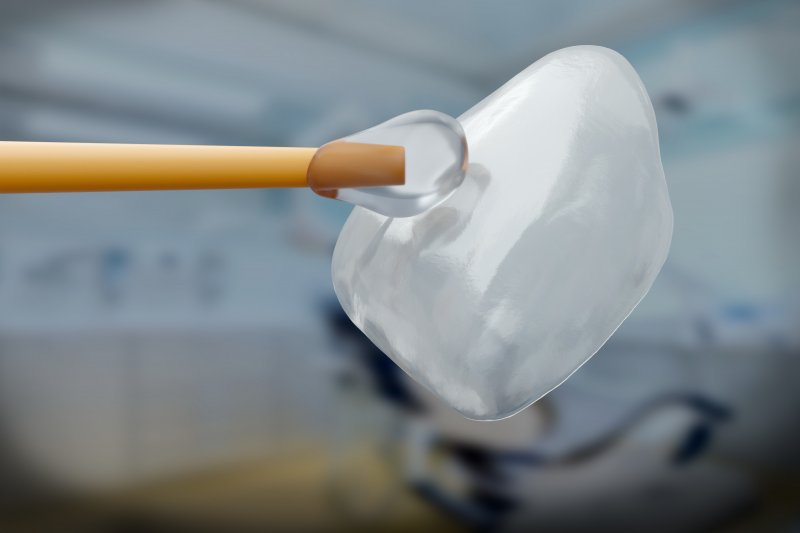
Veneers are among the most commonly recommended cosmetic treatments for those who are looking to get rid of stains, gaps, cracks, and other imperfections that can get in the way of a perfect smile. While dentists have been using veneers for a long time, the technology used to create and place them has changed quite a bit, making them much more durable and reliable! The following post explores how veneers have evolved over the years and the difference modern dental technology makes for the process.
Dental Veneers in the Beginning
In 1928, a California dentist named Charles Pincus invented the first dental veneers. They were made from acrylic that could be attached to the teeth. These veneers were considered a temporary solution, as they didn’t tend to last for very long; they were also mainly reserved for Hollywood actors, as their short lifespan (and the risk of damage to the teeth) made them too costly for the average person.
How Veneers Became More Permanent
By the 1950s, veneers started being made out of porcelain, which was much more durable than the acrylic that had been used before. However, the material used to bond them to the teeth still only lasted so long. This problem was solved in 1959 when a technique called “etching” was discovered. Simply put, a mild acid substance was used to create a rougher surface on the enamel. Rougher surfaces allow adhesives to form stronger bonds, and as a result, more permanent bonding agents could now be used to hold veneers in place.
The Rise of Modern Veneers
The kind of veneers that are used by dentists today were created in 1982. It was found that etching porcelain with hydrofluoric acid created a long-lasting bond between the tooth and the restorations. Now veneers could last for several years at a time before they needed to be replaced, making them a much more viable option for making long-term changes to the smile.
As time passed, technology continued to change the way veneers were made and placed. Eventually, it became common practice to design veneers based on digital images of the teeth, allowing for a more exact fit. On top of that, the process of placing veneers became much more streamlined. In the past, the treatment could take five or six appointments. Nowadays, only two visits are needed: one to prepare the teeth and take the necessary impressions, and the other to place the veneers.
Are you ready to get the dazzling grin that you’ve always wanted? Your cosmetic dentist is ready to help with porcelain veneers and several other options. Schedule a cosmetic consultation today to start planning your smile transformation.
About the Author
Dr. Todd Balington earned his Bachelor of Science from the University of Florida and went on to obtain his Doctor of Dental Medicine at the Nova Southeastern University College of Dental Medicine. Today, he helps his patients at the Denton Dental Center enhance their smiles with a variety of treatments. He often recommends veneers as a way to make many cosmetic corrections to the teeth at once. To schedule a consultation, visit his website or call (940) 383-3300.
